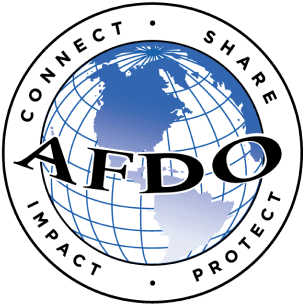Concerning: Liquid Nitrogen and Dry Ice use as Food and Beverage Ingredients
Whereas, the culinary use of liquid nitrogen (LN2) and dry ice (solid form CO2) are becoming increasingly popular with molecular gastronomy and the use as ingredients in food products, and
Whereas, public health and safety risks may be associated with non-food grade liquid nitrogen (LN2) and dry ice (solid form CO2) used as ingredients in food products, and
Whereas, liquid nitrogen is a colorless clear cryogenic fluid with a density of 0.807 g/ml at its boiling point (−195.79 °C (77 K; −320 °F)) that can cause rapid freezing on contact with living tissue, and
Whereas, dry ice sublimes at −78.5 °C (−109.3 °F) and this extreme cold makes the solid dangerous to handle without protection due to burns caused by freezing (frostbite) and the outgassing from it can cause hypercapnia (abnormally elevated carbon dioxide levels in the blood) due to buildup in confined locations, and
Whereas, liquid nitrogen has been used in food preparation to flash freeze food, make ice cream, process dry herbs and spices, rapidly chill beverages, as a cosmetic novelty giving a smoky, bubbling “cauldron effect” to cocktails and drinks, and
Whereas, dry ice has been used in food preparation to flash freeze food, make ice cream, carbonate food and beverages, as a cosmetic novelty giving a smoky, bubbling “cauldron effect” to cocktails drinks, and
Whereas, the safety of food products can be compromised by these ingredients if sublimation has not fully completed and they are readily consumed, and
Whereas, the improper handling and use of these ingredients in food products may results in adverse health conditions, physical abnormalities and possibly death, and
Whereas, In 2012, a young woman in England had her stomach removed after ingesting a cocktail made with liquid nitrogen which further resulted in severe internal damage, and
Whereas, AFDO recognizes the importance of uniformly providing the best public health and consumer protection in the most expeditious and cost effective manner, and
Whereas, the history of food and drug law illustrates the critical need for federal oversight through technical assistance to the states, guidance to manufacturers, information to consumers, and, where necessary, national legislation, therefore be it
Resolved, that AFDO request FDA to clarify, as specifically as possible, its policy position on liquid nitrogen and dry ice used as food and beverage ingredients, and
Be it further Resolved, that AFDO advises FDA of the need for federal leadership on the matter of liquid nitrogen and dry ice used as food and beverage ingredients and for providing guidance and technical assistance to the states on appropriate regulatory intervention in order to avoid the creation of a patchwork of state regulations covering this issue.
